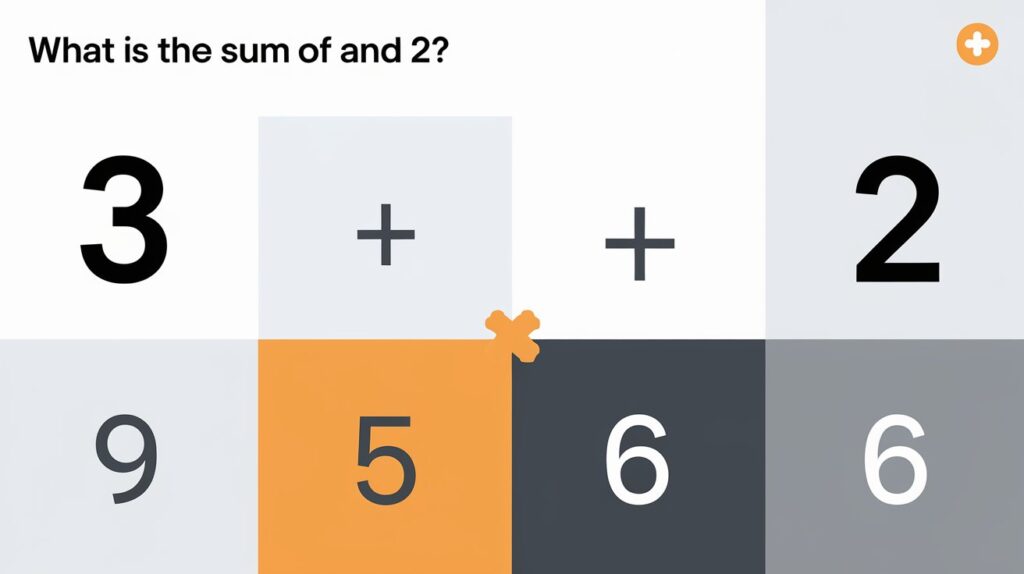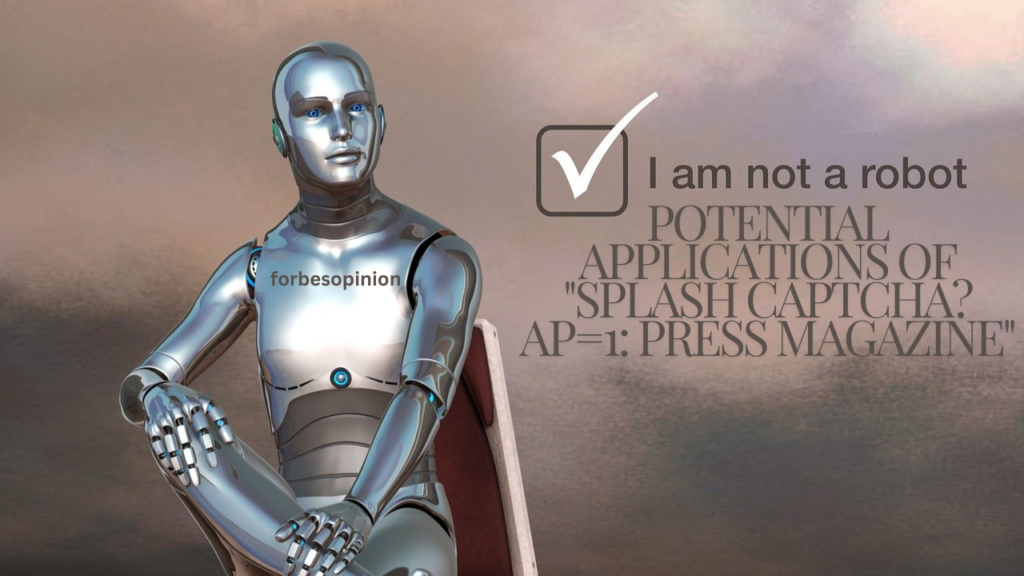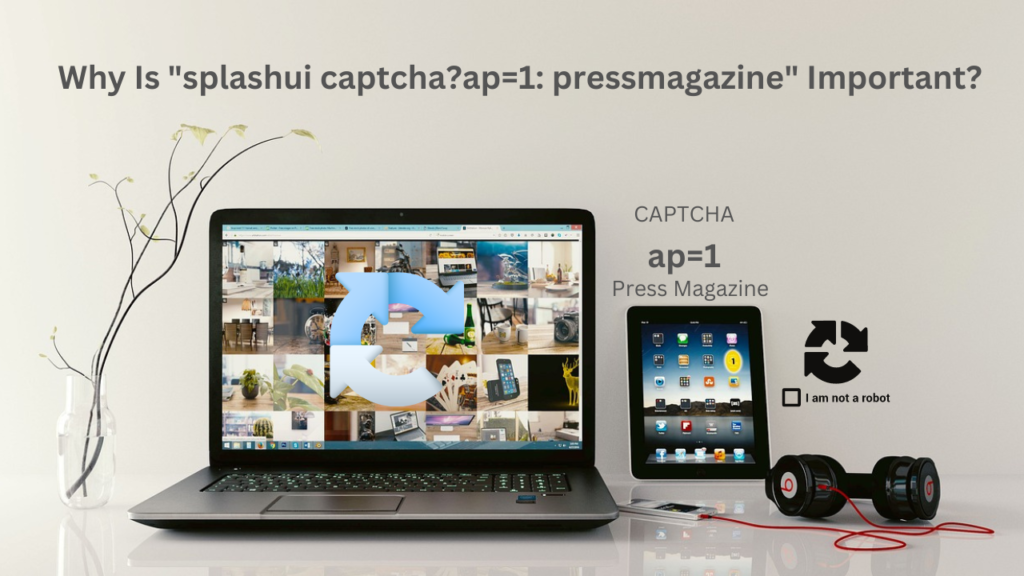
What Is “splashui captcha?ap=1: pressmagazine”?
When encountering a term like “splash captcha?ap=1: pressmagazine,” it’s natural to feel puzzled due to its seemingly cryptic nature. This phrase combines elements of web development, user interface design, and content management systems. To truly grasp its meaning, let’s break down each component and explore its potential implications.

Breaking Down the Components
- SplashUI: “Splash” suggests a graphical user interface (UI) element, likely a splash screen or entry point in a web application. A splash screen is a visual interface that greets users as they access a website or app, providing branding or loading information. This element is crucial in setting the tone for user experience and can often be linked to authentication processes like CAPTCHA.
- CAPTCHA: CAPTCHA stands for “Completely Automated Public Turing Test to Tell Computers and Humans Apart.” It’s a security feature designed to prevent automated bots from accessing certain web functions by presenting challenges that are easy for humans but difficult for machines. Including CAPTCHA in this phrase indicates a security layer within the UI, possibly on the splash screen.
- ap=1: This is likely a URL parameter controlling the behaviour or appearance of the splash UI. Parameters like these are often used in web development to pass specific instructions or configurations to the server, which then dynamically adjusts the content or features presented to the user.
- Press Magazine: This term likely refers to a publication or content platform. It might be an online magazine, a press release service, or a content management system (CMS) tailored for media outlets. The combination with CAPTCHA suggests that the UI in question might be part of a process where users, such as journalists or contributors, must authenticate themselves before accessing or submitting content.

Potential Applications of “splash captcha?ap=1: press magazine”
Given the breakdown above, “splash captcha?ap=1: pressmagazine” likely refers to a specific functionality on a website or app where a splash UI (possibly a login or registration screen) employs a CAPTCHA mechanism to secure access. This could be particularly relevant in scenarios involving media platforms, where safeguarding content from bots or unauthorized access is crucial.
Scenario 1: Securing Press Credentials
Imagine a press magazine platform where journalists must sign in to access exclusive content or submit articles. The splash screen, facilitated by Splashui, might display the magazine’s logo and a welcoming message. To ensure that only genuine users proceed, the system could employ a CAPTCHA, making it impossible for bots to breach this entry point. The parameter ap=1 might dictate that this is an authentication process (hence, ‘ap’ could stand for ‘authentication process’), reinforcing the security further.

Scenario 2: Subscription-Based Media Access
In a subscription-based media outlet, a splash screen might greet users as they attempt to access premium articles. “splash captcha?ap=1: press magazine” could be the behind-the-scenes string that ensures this screen appears correctly, challenging users with a CAPTCHA to verify their subscription status before allowing entry.
Also Read: Golden State Warriors vs Sacramento Kings Match Player Stats
Why Is “splashui captcha?ap=1: pressmagazine” Important?
In today’s digital age, where content is king, securing online platforms against unauthorized access is paramount. Protecting content from scrapers, bots, and other automated threats is a priority for media outlets and press magazines. CAPTCHAs are a proven method to ensure that only legitimate users, whether subscribers or registered journalists, can access the platform. By incorporating CAPTCHA within the splash UI, the system enhances its security measures without compromising user experience.
Additionally, including a parameter like ap=1 suggests a customizable, dynamic approach to managing access. This could allow developers to tweak the interface or its behaviour based on user input or specific conditions, providing a tailored experience for different users or scenarios.

Relevance of “splash captcha?ap=1: press magazine” in Modern Web Development
As web development evolves, the need for robust, secure, and user-friendly interfaces becomes more pressing. “splash captcha?ap=1: press magazine” is a microcosm of this broader trend, where security meets design seamlessly and seamlessly.
Enhancing User Trust
For any online platform, particularly those in the media industry, user trust is critical. By deploying a splash UI combined with CAPTCHA, websites can assure users that their information and access are protected with the latest security measures. This prevents unauthorized access and reassures users that the platform takes their security seriously.
Balancing Security and Usability
One of the biggest challenges in web development is balancing security with usability. A poorly implemented CAPTCHA can frustrate users, leading to drop-offs and decreased engagement. However, by integrating CAPTCHA smoothly within a splash UI, developers can create a security measure that feels like a natural part of the user experience. The ap=1 parameter might enhance this by allowing adjustments that improve security and usability based on specific contexts or user feedback.

Conclusion
While “splash captcha?ap=1: press magazine“ might initially appear to be a complex and obscure string, it encapsulates a significant concept in modern web development. It represents the intersection of user interface design, security protocols, and media management, all essential components in today’s digital landscape. Whether securing a journalist’s credentials or protecting premium content, the combination of splash UI and CAPTCHA is a vital tool in maintaining the integrity and accessibility of online platforms. As developers innovate, such integrations will become even more sophisticated, ensuring that user experience remains smooth while security measures grow ever stronger.
